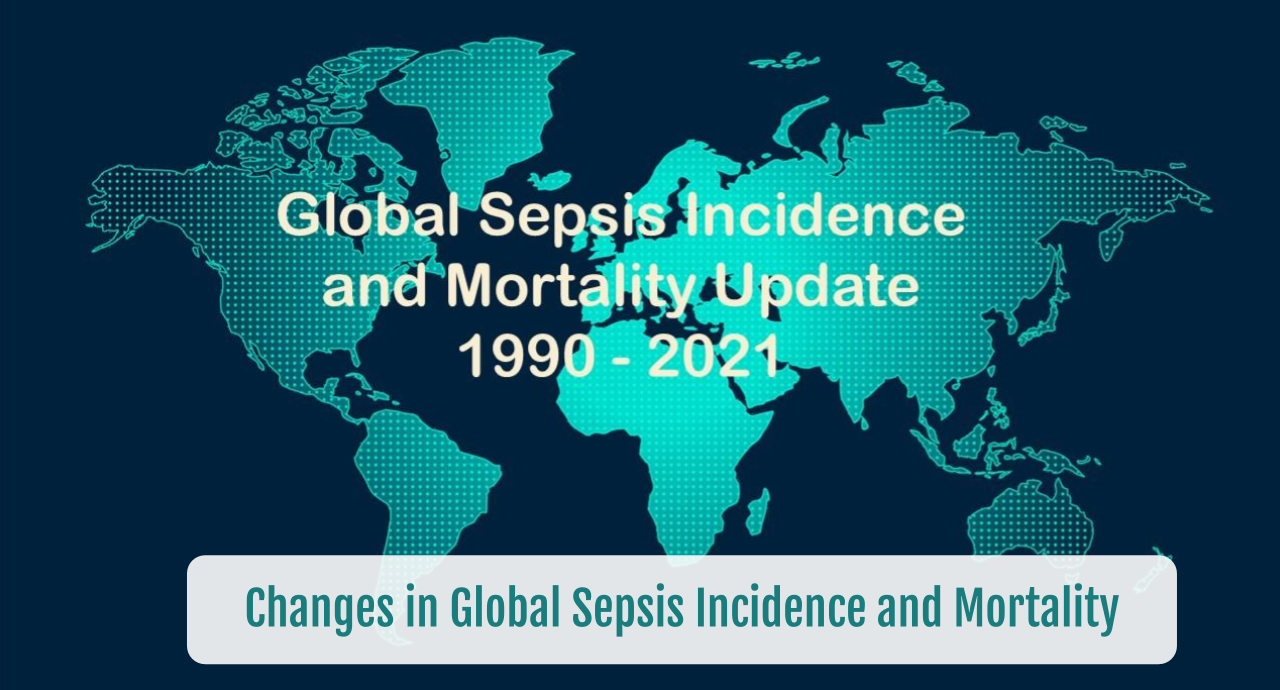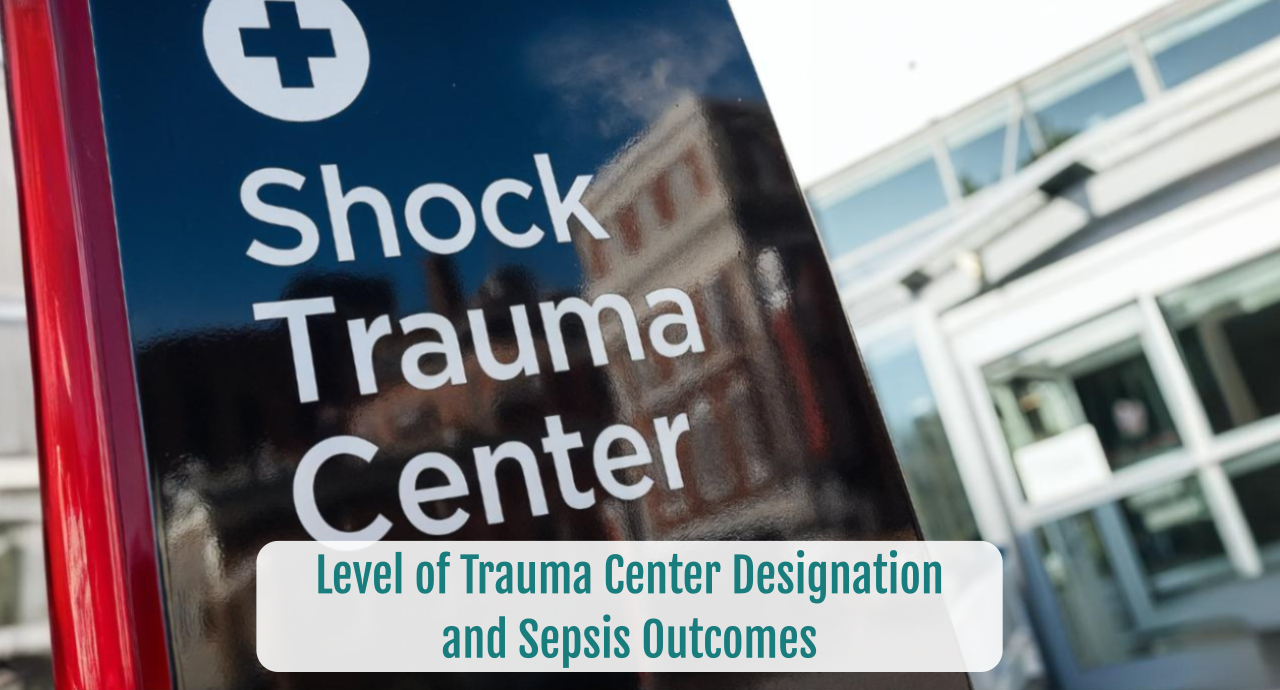The Challenge of Multi-Drug-Resistant Sepsis
SUMMARY:
-
Early use of antimicrobials in true cases of sepsis is of utmost significance.
-
Sepsis often results in prescribing antibiotics before a precise diagnosis is made.
-
Widespread misuse of antimicrobials contribute to multidrug resistance and mortality.
- Antibiotic stewardship programs can help enhance treatment and minimize resistance.
REVIEW:
-
Patients with confirmed or suspected sepsis are typically started on antimicrobials early and before a precise diagnosis of sepsis is confirmed.
-
Widespread misuse of antibiotic as well as suboptimal antibiotic therapy can contribute to the pathogen emergence of multi-drug resistance (MDR).
-
MDR coupled with bacterial evolution of new mechanisms of resistance lead to limitations in correct treatment options.
- In addition, major pharmaceutical companies are withdrawing from the development of new antimicrobial therapies due to lack of economic feasibility.
-
MDR is sepsis patients are not caused by a single factor.
- Pathogen Factors:
- Morphologic changes
- Decreased drug uptake
- Bacterial self-repair mechanisms
- Regulation of metabolism
- Target site modifications
- Others
- Pathogen Factors:
-
- Sepsis Patient Factors:
- Elderly
- Comorbidities
- Immunosuppression
- Polypharmacy
- Lack of healthcare access
- Sepsis Patient Factors:

-
- Difficult to treat Antibiotic Resistant Microbes:
- ESKAPE
- Difficult to treat Antibiotic Resistant Microbes:

-
- Common Pathogens in MDR in Sepsis

- Conventional blood cultures take 2-3 days to identify bacteria and even longer for sensitivities
-
- In 22,655 patients with sepsis and septic shock a positive blood culture was identified in only 40.1% of patients.
-
Novel diagnostic approaches for pathogen detection can be helpful
- Surface-enhanced Raman Spectroscopy (SERS)
- Matrix assisted laser description ionized time-of-flight mass spectrometry (MALDI-TOF MS)
- Polymerase Chain Reaction (PCR) for microbial amplification
- Point of Care Sensors (IL-6, IL-10, PCT, CRP, TNF alpha)
- Additional sepsis detection tools such as gene expression tools (SeptiCyte RAPID) can provide actionable results in 60 minutes.
- Antibiotic Stewardship Programs help improve and measure the appropriate use of antibiotics and can improve the rates of antibiotic susceptibilities.

CONCLUSIONS:
-
Antimicrobial resistance is estimated to be responsible for approximately 10 million deaths annually by the year 2050.
-
Prescribing ineffective empiric antibiotic treatment in sepsis patients occurs in 10-40% of sepsis patients.
-
Antibiotic stewardship programs are multifaceted collaborative efforts to enhance treatment and minimize resistance.
To receive articles like these in your Inbox, you can subscribe to Sepsis Program Optimization Insights.
Erkan Hassan is the Co-Founder & Chief Clinical Officer of Sepsis Program Optimization where he designs & oversees the implementation of solutions to optimize sepsis programs.
To discuss your organization’s Barriers of Effective Sepsis Care, contact Erkan by phone (844) 4SEPSIS (844-473-7747), email (erkan@spo.icu), or video chat.





